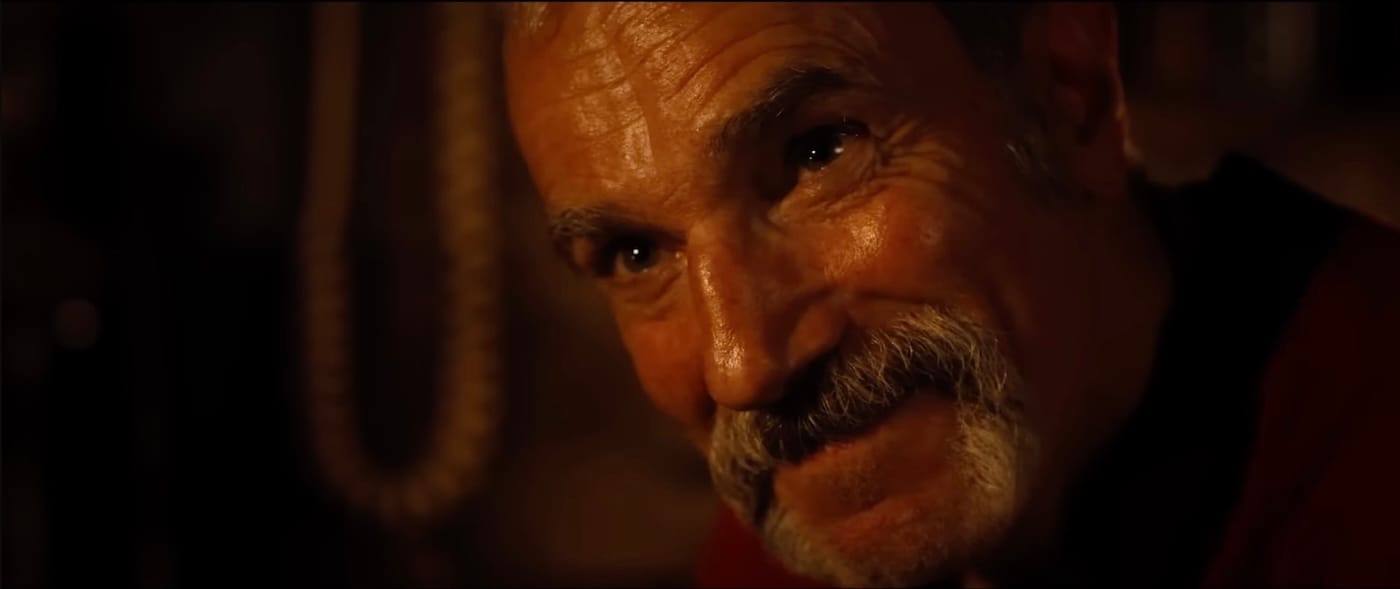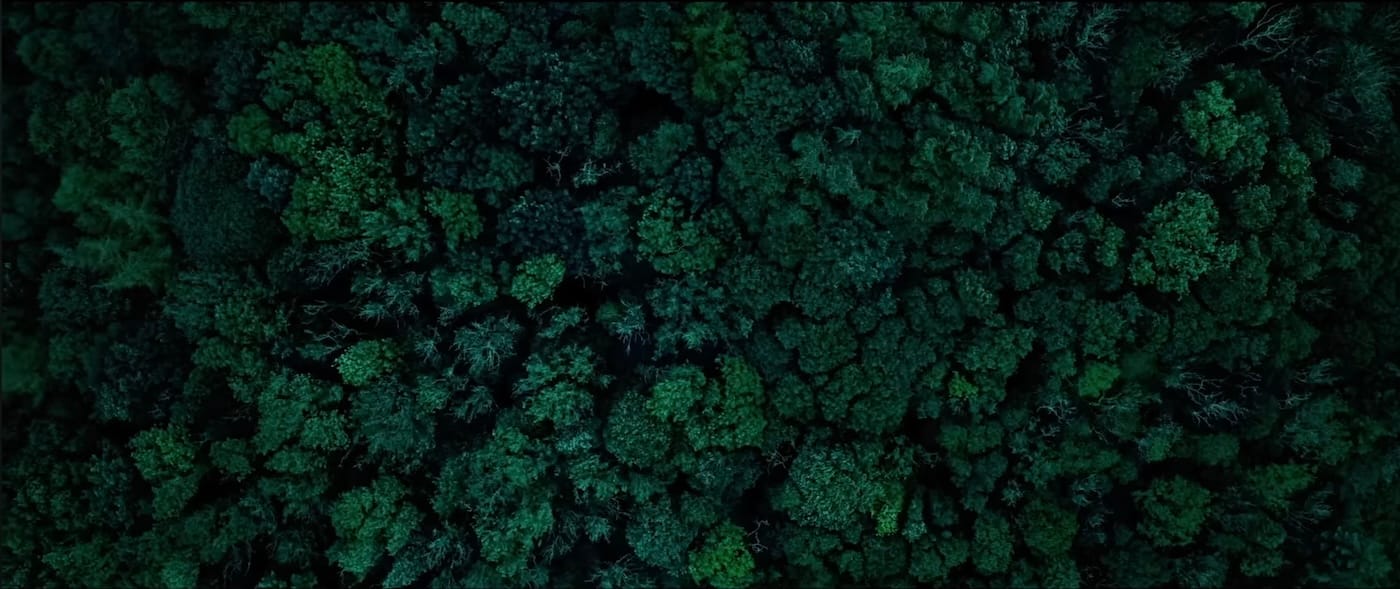First impressions of Anemone

It is often the case in Anemone that we see in profile the head of our grizzled, tormented, mysterious subject, a recluse named Ray Stoker, and his remarkably large ear is at the center of the frame. This is a meaningful and, I suspect, deliberate choice on the part of first-time director Ronan Day-Lewis.
Anemone is a film about noise. The literal noise of wind and weather, yes. But also, qualities of psychological noise suffered by a survivor — a man haunted by a succession of traumas, one who can find no way out of a hell made of memories. And then there’s the noise of the film’s score by Bobby Krlic — an artist better known as The Haxan Cloak (who has collaborated with Bjork and Father John Misty, and who also scored Ari Aster’s Midsommar) — which complements those turbulent weather systems and the character’s internal dissonance in how it surges and strains, writhes, and aches.

These evocative sequences are stitched together by a mystery we investigate slowly, if we have the patience for the film’s contemplative, unhurried, observant nature. I’ll do my best here to leave its discomforting revelations for you to discover. Suffice it to say that Anemone is a drama about generational suffering — a boy broken by his father’s absence, and a father broken by betrayals, betrayals that come from authorities who are, in various senses, father figures. It’s interesting to note, then, that the screenplay was co-written by the director and his father, the legendary Daniel Day-Lewis, who has been my favorite big-screen actor since I first saw him in A Room With a View four decades ago.

